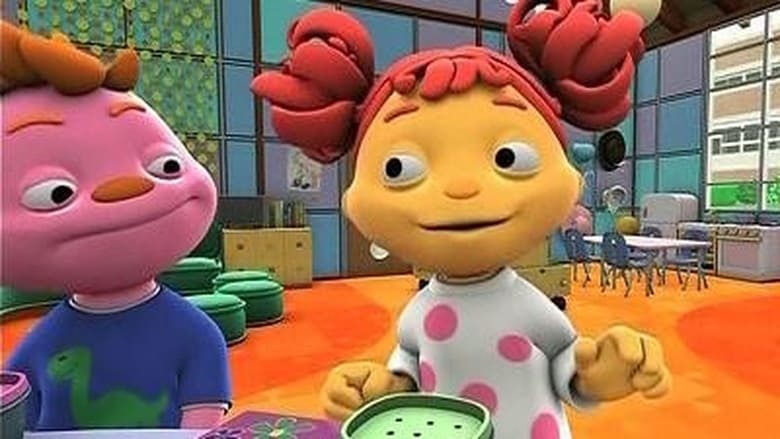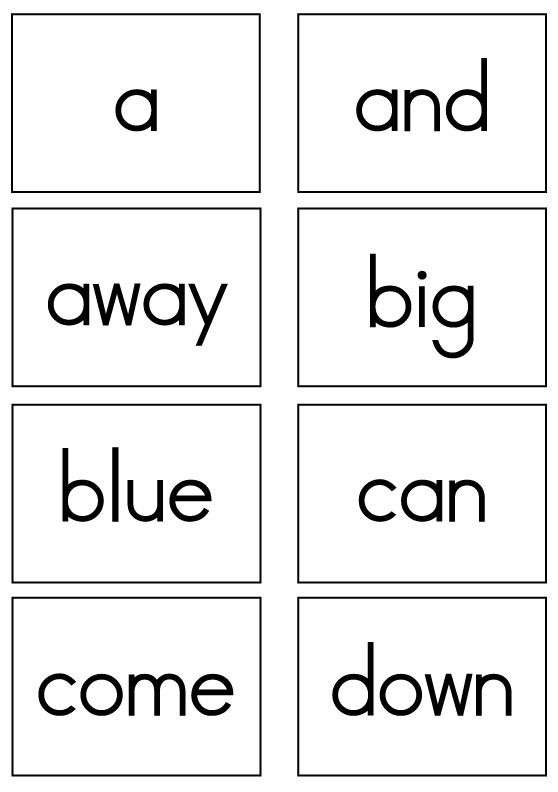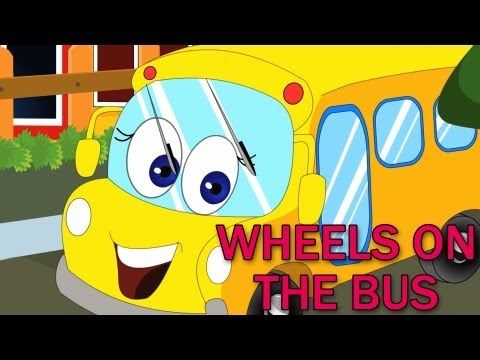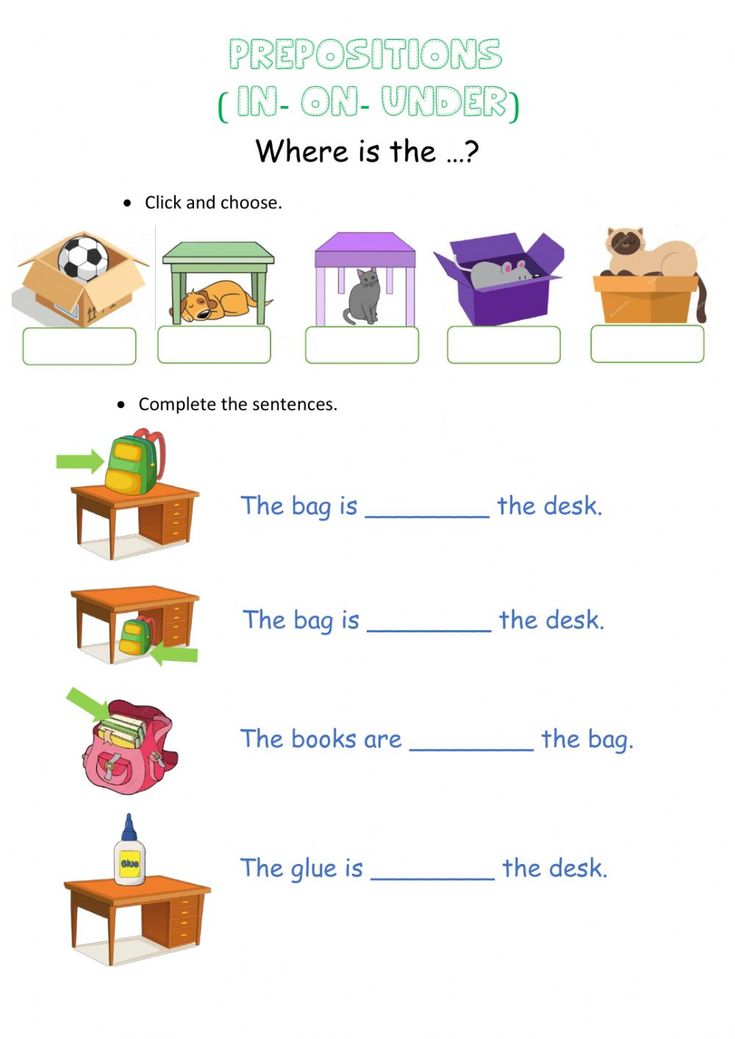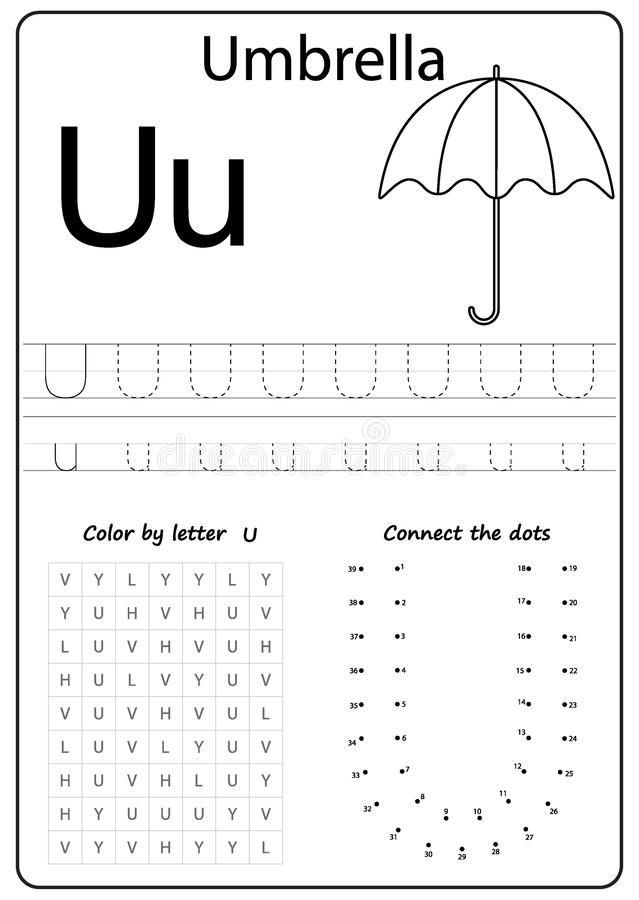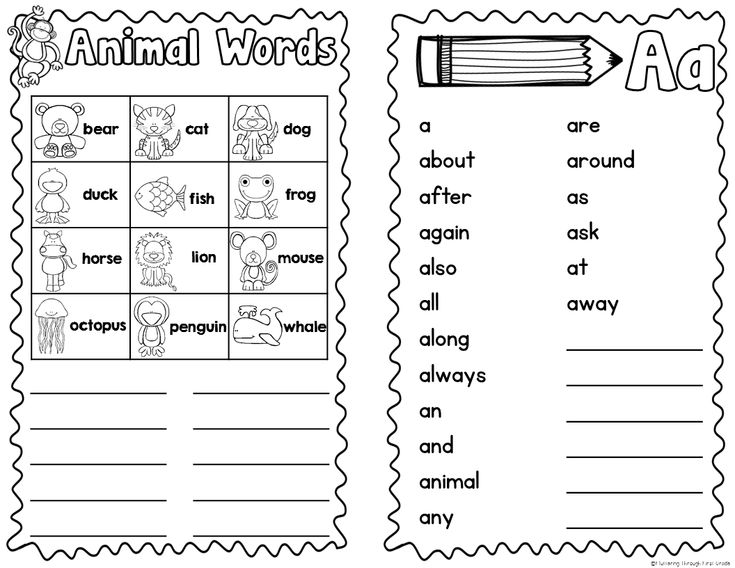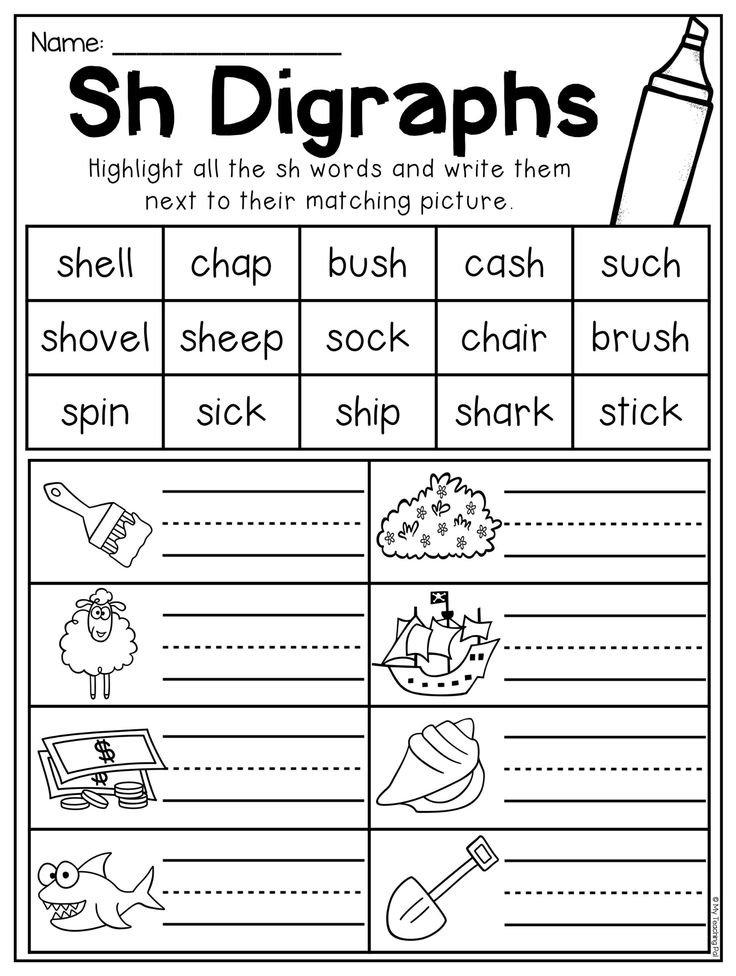Teaching mindfulness to kids
12 Simple Ways to Teach Mindfulness to Kids
Source: Shonda Moralis
1. Notice and name body sensations, thoughts, and emotions. “My chest feels warm and I feel so happy when we are playing outside together like this.” “It sounds like you might be nervous about this new situation. What do you notice in your body right now?” The more insight our kids have into their inner experience, the more they are able to choose appropriate responses.
2. Enlist a guide. Some of my favorites are:
Kira Willey—Mindful Moments for Kids CD (30 simple, quick ways to help children de-stress, calm down, and focus), and her other fantastic musical yoga for kids CDs.
Carla Naumburg—Ready, Set, Breathe: Practicing Mindfulness with Your Children for Fewer Meltdowns and a More Peaceful Family
Eline Snel—Sitting Still Like a Frog: Mindfulness Exercises for Kids
Amy Saltzman—Still Quiet Place CDs for Children and for Teens
Thich Nhat Hanh—Planting Seeds: Practicing Mindfulness with Children
3. Share a 3-breath hug. Hugging your child, take three deliberate, synchronized, deep breaths together. Drop your shoulders, relaxing any muscles that feel tight. Let go and feel the tension melt away. Use it as you say goodbye in the morning, when you recognize when someone could use a calming hug, or just for the love of it.
4. Move, stretch, and notice body sensations. Teach your children to observe and appreciate all that our bodies are capable of and do for us.
5. Stop and be aware of surroundings. Whenever you find yourself waiting with a spare moment— in the grocery checkout line, at a doctor’s appointment, walking to your car—pause, tune into the five senses, and share what you notice with one another.
6. Describe your own process of noticing, naming, and using the breath to calm yourself. “Wow, I am feeling overwhelmed right now. I need to walk away and take a few deep breaths… Whew, okay, now I feel calmer.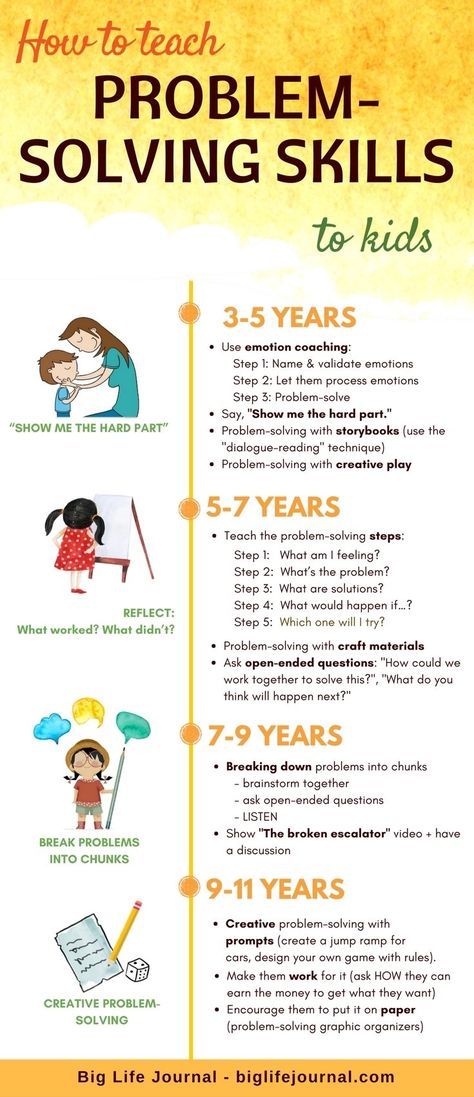 ”
”
7. Eat a mindful snack. If you have a toddler, this may come easily, as toddlers often eat at an excruciatingly slow pace. As kids grow older, they may need a reminder to slow down. Together, use your senses to observe the food. Enjoy the first few bites with careful attention to appearance, scent, feel, and taste.
8. Count the breaths. Either lying down with a small pillow or stuffed animal on your child’s belly, or sitting up with a hand resting on the belly, notice the inhale and exhale, the rising and falling of the belly. Count the inhales and the exhales, at first out loud, then silently on your own.
9. Take a mindful nature walk. Move at your child’s speed, which, of course, can vary from sprinting like a cheetah to slugging along at a snail’s pace. Bring your sense of curiosity and adventure and allow your child to lead the way.
10. Practice belly breathing. Place one hand on the chest and one on the belly.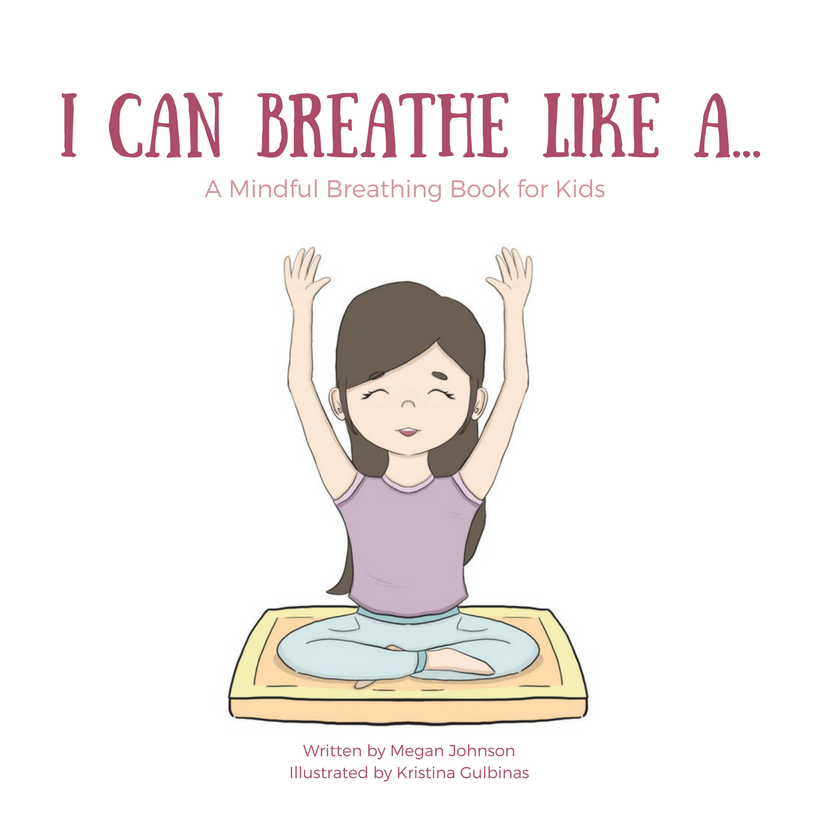 As you inhale, fill up the belly like a balloon and as you exhale, allow the balloon to deflate. This often feels counterintuitive at first, as most of us breathe shallowly into the chest most of the time. Belly breathing automatically turns on the relaxation response in the body.
As you inhale, fill up the belly like a balloon and as you exhale, allow the balloon to deflate. This often feels counterintuitive at first, as most of us breathe shallowly into the chest most of the time. Belly breathing automatically turns on the relaxation response in the body.
11. Let them be. Kids are instinctively more mindful (which is why it can take them so bleeping long to get from point A to point B). Whenever possible, allow them to explore at their own pace. Create space in your schedule for free time to investigate and be mindful naturally.
12. Teach by example. You are modeling mindfulness for your children, right? (Read more about the importance of your own practice here.)
Source: Shonda Moralis
As with all new information, we learn best when we are in a calm state of mind. As Carla Naumburg writes in Ready, Set, Breathe, “You can’t practice crisis meditation.” The more you infuse your lives naturally with mindfulness, the more apt you and your children will be to use it when things get stressful.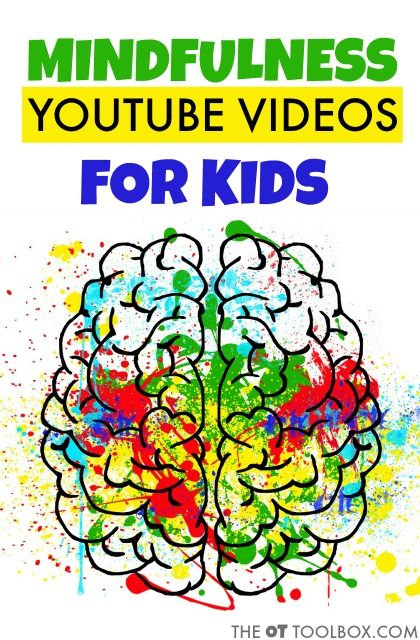
Whatever you do, don’t force. As children develop and change, so will the most suitable forms of mindfulness. Be patient and have fun. Take the long, slow road whenever possible. Mindfulness, after all, is a way of being meant to be cultivated over a lifetime. So go ahead and breathe.
Mindfulness for Kids - Mindful
- How to Meditate
- Mindfulness Activities
- Guided Meditation
- Coping with Stress
- Parenting Tips
How to Meditate with Your Kids
By teaching children meditation and mindfulness skills we help them increase their well-being and enable them to meet the stresses of the world with presence, self-compassion, and openness.
In order to help kids of all ages find their way into practicing mindfulness, it can be helpful to give them an easy definition they can relate to.
A Definition of Mindfulness Meditation for Children
Mindfulness meditation, at its simplest, is paying attention to what is happening in the present moment.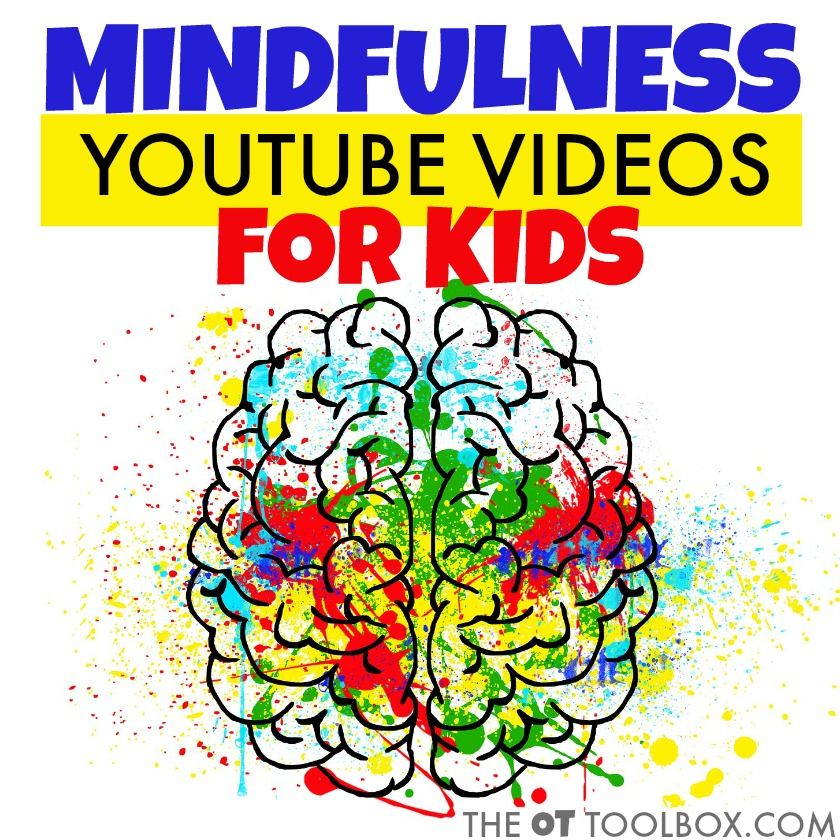 It may be what you’re feeling, hearing, or anything else you notice. There’s no special place of calm you have to reach and it’s not about clearing your mind, it’s just an honest and kind look at what you’re experiencing in this moment.
It may be what you’re feeling, hearing, or anything else you notice. There’s no special place of calm you have to reach and it’s not about clearing your mind, it’s just an honest and kind look at what you’re experiencing in this moment.
A Mindfulness Practice for Families
By Christopher Willard
One easy way to introduce mindfulness to your children is through informal practices that you can do along with them. Start with a simple kindness meditation—offering good wishes and compassion to others.
1. To begin, find a comfortable sitting position. You can even place a hand on the heart. Allow your eyes to close or lower your gaze toward the floor.
2. Bring to mind someone who you really respect and look up to, and who really loves you in return.
3. Notice how you feel as you bring this person to mind.
4. Make a kind wish and send it their way. What would make them happy?
5.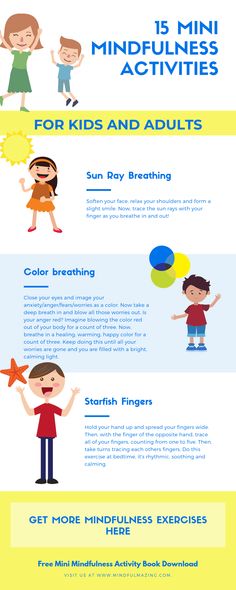 Next, bring to mind someone else you love and care about: A family member, a friend, a beloved colleague. Just bring this person to mind, sending this person a kind wish.
Next, bring to mind someone else you love and care about: A family member, a friend, a beloved colleague. Just bring this person to mind, sending this person a kind wish.
We’ll move from here to a more neutral person. Perhaps someone you don’t know very well: A parent you see occasionally in the pick-up line, a person who delivers your mail, or makes your coffee in the morning. Just bring this person to mind and imagine yourself sending them some kind of kind wish.
6. Lastly, bring to mind someone who has frustrated you lately, someone who is a little difficult. Send this last person a kind wish—something nice for them in their life.
7. Check in with your mind and body as you conclude this practice. Allow your eyes to open if they’ve been closed. Notice if there’s any shift
Why Teach Mindfulness to Children?
When we teach mindfulness to kids, we give them the tools they need to build confidence, cope with stress, and relate to uncomfortable or challenging moments.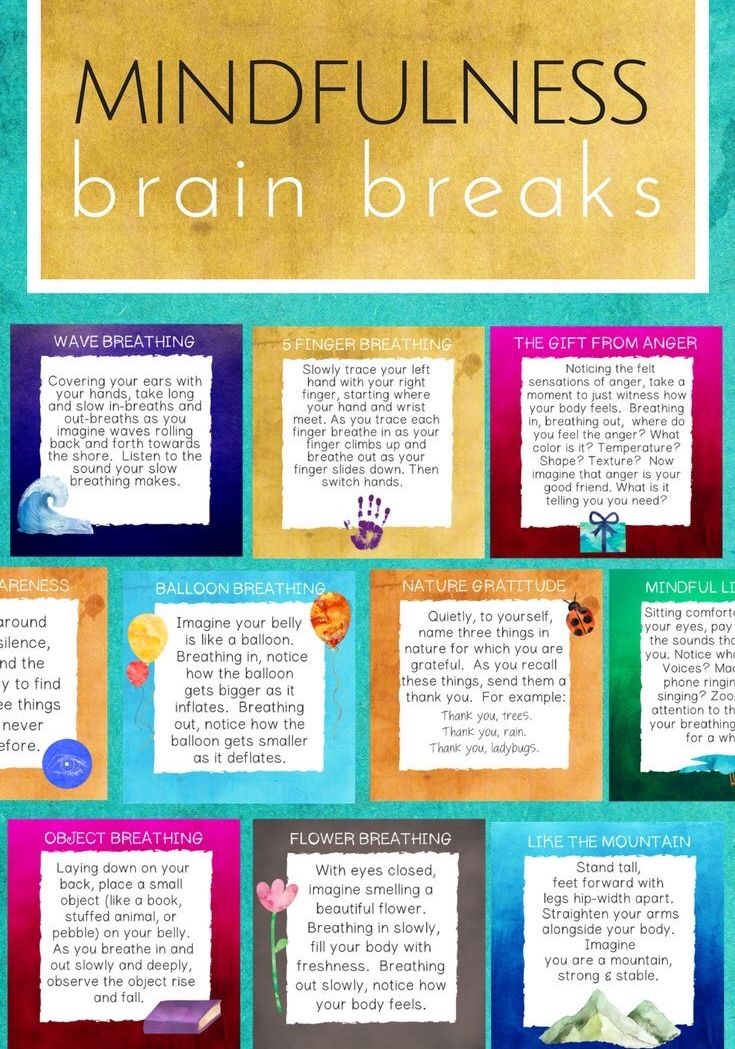 The earlier we do so in their young lives, the greater the opportunity to help them cultivate resilience and develop and refine their mindfulness practice as they mature.
The earlier we do so in their young lives, the greater the opportunity to help them cultivate resilience and develop and refine their mindfulness practice as they mature.
Teaching mindfulness to kids can also help shape three critical skills developed in early childhood: paying attention and remembering information, shifting back and forth between tasks, and behaving appropriately with others. These abilities are known as executive functions and they are essential for more advanced tasks like planning, reasoning, problem-solving, and positive social relationships.
There Benefits of Mindfulness for Kids
Studies show that the benefits of mindfulness for kids may include:
1. Increased focus, attention, self-control, classroom participation, compassion.
2. Improved academic performance, ability to resolve conflict, overall well-being.
3. Decreased levels of stress, depression, anxiety, disruptive behavior.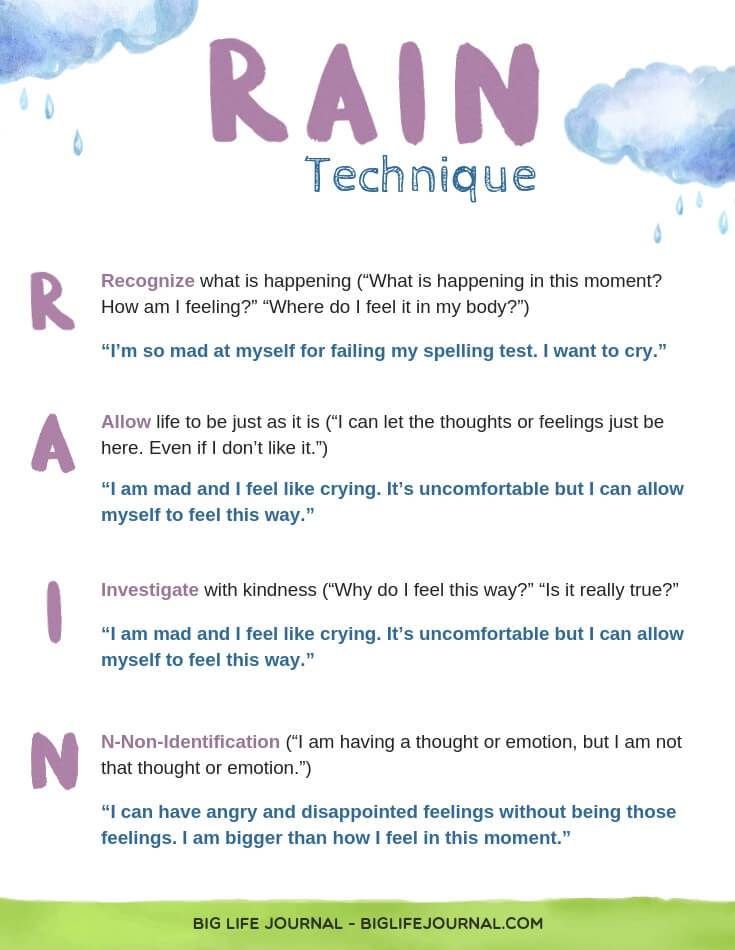
Mindfulness Activities for Kids
To introduce the idea of mindfulness more directly to your kids, you can use exercises that encourage them to tune into their senses. Make a game out of eating a snack very slowly, savoring the smell, texture, and taste. Or, dive into an afternoon of glitter jar making with any variety of materials: glitter, different-coloured beads, food colouring and oil, pieces of lego. The DIY craft doubles as a creative exercise and a mindfulness tool to represent the mind settling.
An Appreciation Practice for Children
By Susan Kaiser Greenland
Leading the game:
- Ask your child: “Do you ever feel disappointed by something or someone?”
- Ask: “How did that make you feel?”
Acknowledge their feelings and, if appropriate, talk about them. - Say something like: “I bet even when you’re feeling disappointed there are good things happening in your life, too. Let’s name three good things together.
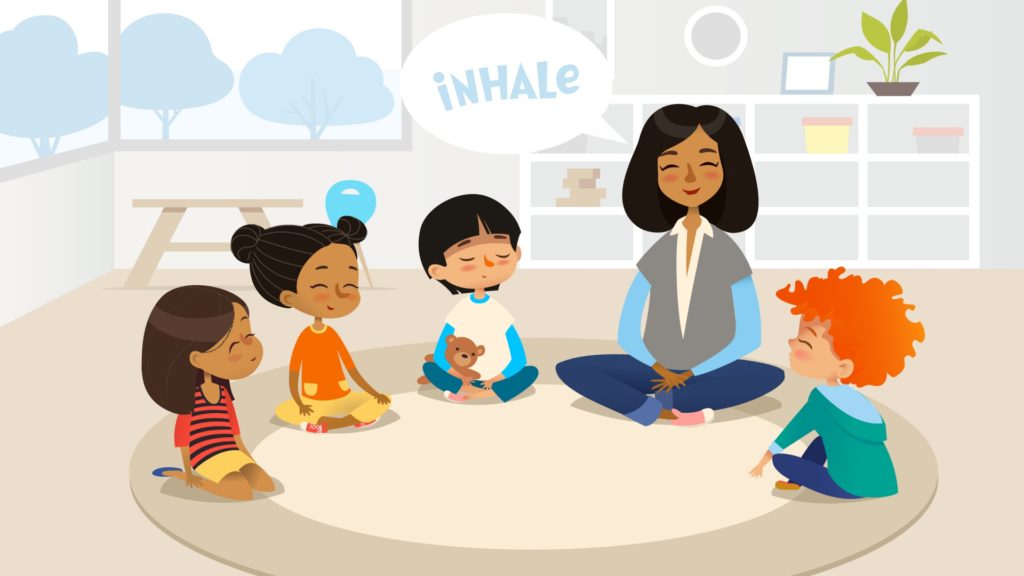 ”
”
Tips for naming three good things:
- Remind your child that the point of this game isn’t to pretend they’re not upset when they feel upset. It’s to remember that they can feel two things at once: they can feel grateful for good things while feeling sad, hurt, or disappointed by challenges.
- If children or teens have trouble thinking of three good things on their own, brainstorm and help them discover some.
- When kids understand that this game is not about sweeping their feelings under the rug, the phrase “three good things” can become a playful and humorous response to the minor gripes that show up in family life.
- Parents can encourage kids to remind them to name Three Good Things when they’re stuck on a trivial disappointment or minor annoyance, too.
- To develop a habit of thankfulness, play Three Good Things around the dinner table, before bedtime, and at other times when the family is together.
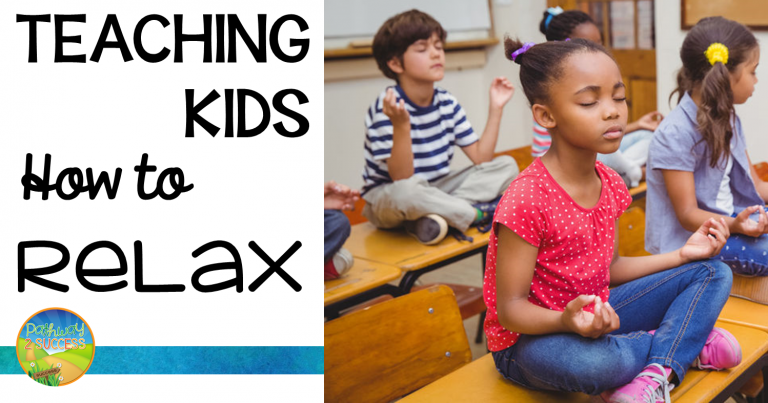
Guided Mindfulness Meditation for Children
Once your child is comfortable with the idea of meditation, you can offer them tools to refine their own practice. Here are three guided practices developed for kids. Feel free to join your child in these meditations if it helps encourage focus.
An 8-Minute Practice to Notice Positive Moments
A Mindfulness Practice for Kids: Coming Back to the Positive—From Dr. Mark Bertin
- 8:00
- Lie down somewhere comfortable. Let your arms and legs fall to the ground. Close your eyes gently.
- Start to notice how your body changes with each breath you take. Each time you breathe, your belly moves up, and your belly moves down. If it is easier, put a hand on your belly. Or if you want, put a stuffed animal there.
- Each time you breathe, your belly moves. Your hand, or your toy, rises, and then falls. See if you can count ten breaths that way.
 Breathing in, one, breathing out, one.
Breathing in, one, breathing out, one. - When you lose count, don’t worry about it. That’s normal, and happens to everyone. Come back to whatever number you last remember.
- Now, shift your attention to your day. Breathing in, focus on your breath as your belly goes up. Breathing out, focus on something that went well today.
- With each breath: breathing in, noticing your belly move, and with each breath out, noticing something that went well today.
- Now, picture something about yourself that makes you proud. Breathing in, focus on your belly moving. Breathing out, picture something that makes you proud of yourself. If nothing comes to mind, that sometimes happens. If that’s how you feel, picture what you’d wish for yourself instead.
- Finally, bring someone to mind who makes you happy. Before we end, try one more practice. Breathing in, notice your belly move.
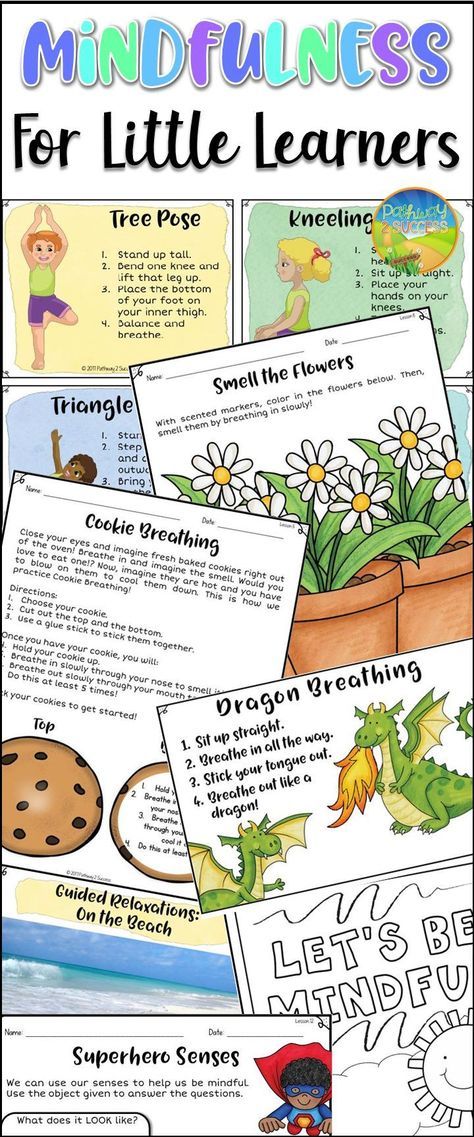 And now, breathing out, picture someone who makes you happy.
And now, breathing out, picture someone who makes you happy. - As you come to the end of this practice, take a few deep breaths, and start to wiggle your arms and legs. Pause and decide what you’d like to do next.
- It’s normal to have thoughts that make us feel scared or bad. We should never ignore anything important, but it’s useful to focus on the rest of our lives too. Take a few minutes every day to notice what has gone well, and see what happens next.
Guided Audio Practices for Kids
1. A Meditation for Preschoolers
This guided practice will help you teach your child the basics of mindfulness by drawing on the elements of nature. Follow along as your child observes their experience and explores their strength within.
Be Like Nature: Mindfulness for Preschoolers—From Scott Rogers
- 4:00
2. A Meditation for Young Kids
A body scan meditation is a great way to help your child bring attention to the present moment—especially when emotions or thoughts are overwhelming. They’ll learn to explore sensations in the body while bringing calmness, attention, and appreciation to daytime routines or bedtime rituals.
They’ll learn to explore sensations in the body while bringing calmness, attention, and appreciation to daytime routines or bedtime rituals.
A Calming Body Scan: Mindfulness for Kids—From Dr. Mark Bertin
- 11:39
3. A Meditation for Teens
Preadolescents and teens can practice mindfulness the same way as adults. Although, practices geared toward this age group often feature language that is more engaging to them. Here is an 8-minute practice, appropriate for older kids, that uses counting breaths to cultivate mindful awareness.
Count Your Breaths: Mindfulness for Teens—From Dr. Mark Bertin
- 8:13
Sign up for our FREE resilience kit
Mindfulness Practices for Families and Kids
Sign up now
Helping Kids Cope with Stress
Mindfulness practice can offer your child stress management strategies to calm their nervous system. Below are a few kid-friendly breathing techniques you can demonstrate and do with them.
5 Mindful Breath Practices for Children
1. Belly Breathing
When breathing in, the belly expands slightly; and when breathing out, it contracts. Do several rounds and return to normal breathing.
2. Mindful Breathing
Simply notice the breath and feel it move in the body. You can add visuals and words to make the practice more engaging. For example, on the in-breath ask your child to repeat the phrase, I am a lake and on the out-breath, I am calm. This technique can be adapted to use any visual and taps into the power of imagination.
3. Teddy Bear Breath
This is a great variation of the belly-breathing practice for little ones. Have them lie down with a teddy or stuffed animal on their belly, and let them watch as it moves up and down while they breathe, as if they are rocking it to sleep.
4. Four Square Breathing
This practice is a useful tool for older children. Breathe in for a count of four. Hold the breath for a count of four. Breathe out for a count of four. Hold the breath for a count of four. Do several rounds and return to normal breathing.
Breathe out for a count of four. Hold the breath for a count of four. Do several rounds and return to normal breathing.
5. Basic Breath Ball Practice
You can use a Hoberman sphere—a geodesic dome that can be folded and unfolded—to teach your child basic breath awareness. The toy can be referred to as a breath ball because the dome’s movements mimic the movements of breathing: as the dome folds inward, we imagine the out-breath contracting; as the dome expands, we imagine the lungs expanding on the in-breath.
1. Using both hands, gently hold the breathing ball in front of your belly.
2. Hold one square on opposite sides of the sphere’s surface.
3. Take a deep breath in. As your belly expands, let the ball expand with it.
4. Breathe in fairly slowly, maybe holding momentarily at the top of the breath as you fully expand the ball.
5. As you breath out, allow the sphere to contract to its smallest size.
6. Repeat a few times. You might even count along in a rhythm.
Mindful Parenting Tips
By Elisha Goldstein and Stephanie Goldstein
It’s important to follow the oxygen mask principle: put your own mask on first, before you help your child. The more we discover how to be mindful ourselves, the more we can turn to mindful parenting strategies and appreciate our children’s capacity to be present in each moment.
There’s an inner skill set called for in parenting—an awareness of what is, what’s changing, and what matters going forward. In day-to-day life, take the time you need to notice your own feelings, pause before responding, and practice listening.
7 Things Mindful Families Do Differently
1. Embrace Imperfection
You are going to make mistakes, you are going to hurt your children’s feelings, and you are not going to be able to show up in all the ways you want to or the ways your children want you to, but none of that makes you a bad parent—it only makes you a human one.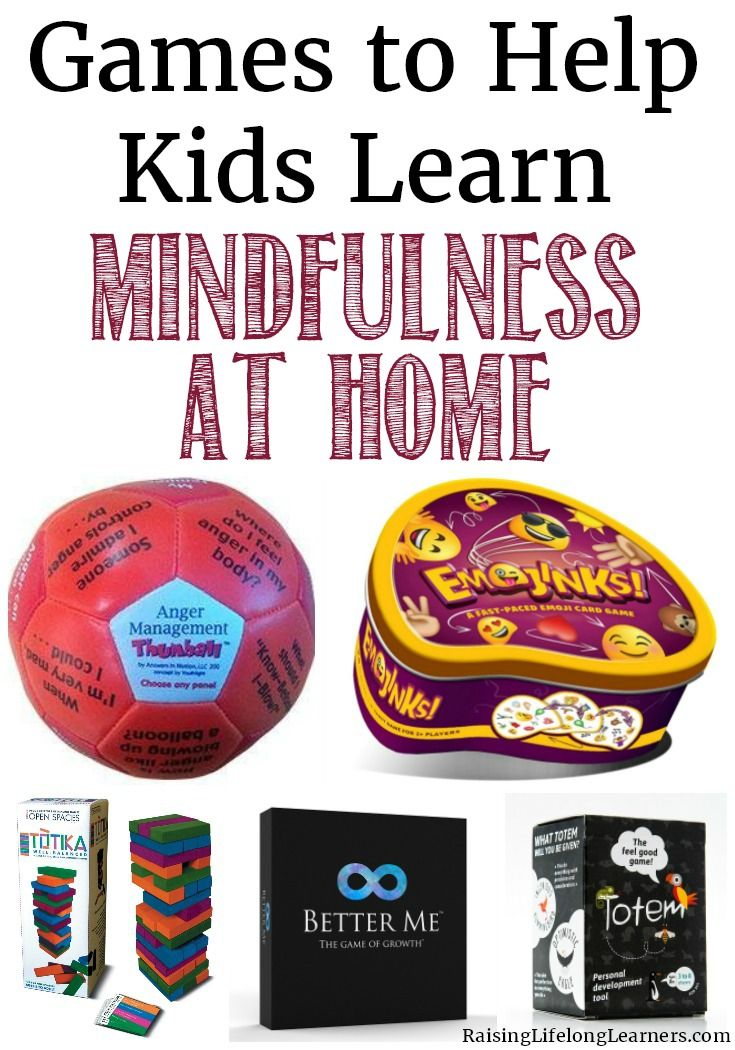 When you can move into a place of acceptance of this you are able to shift into a greater ease and grace within yourself.
When you can move into a place of acceptance of this you are able to shift into a greater ease and grace within yourself.
2. Listen with Curiosity
When we pause and listen to each other more in our lives, we can engage the experiences in our family with a growth mindset. We can see the struggles and triumphs as opportunities for learning and growth. Instead of judging each other, we can get better at recognizing when we don’t understand where the other person is coming from, lean in with curiosity and say, “tell me more.” Or we might try and stand in their shoes to understand their perspective by asking ourselves, “why might they be acting this way?”
3. Communicate Courageously
Being clear and honest with each other about what you need and how you feel is ultimately an act of kindness that creates trust and connection. This means showing up with our partners and kids with an open heart and an open mind. It builds on listening with curiosity and creates space for everyone to feel comfortable to share how they feel and what they need.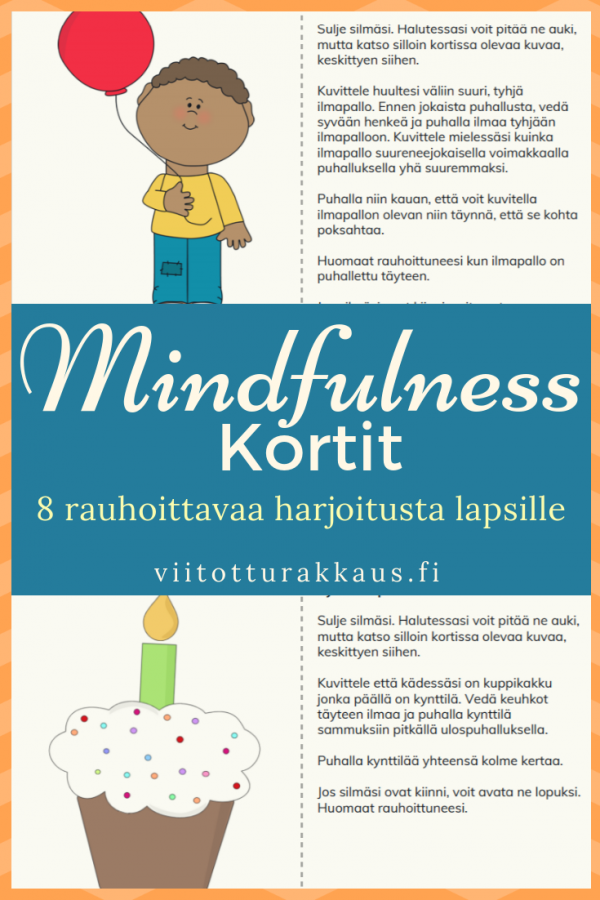
4. Practice Appreciation and Gratitude
While words of affirmation may or may not be your primary love language, we all want to be seen and appreciated and there’s a surprisingly simple way of doing this that can have huge benefits—intentionally practicing being appreciative and expressing gratitude to one another. By taking the time to acknowledge our kids or our partner when they empty the dishwasher or are ready on time, we can shift the culture of the household from demanding and frustrated to cooperative and grateful
5. Forgive Ourselves and Each Other
In practicing mindfulness we come to understand that our mistakes aren’t signs of failing at being a human. Instead, they are opportunities for learning about the inevitable pitfalls of life, what gets in our way and understanding the optimal route to get back into a space of balance and connection.
The simple phrase of “forgive, investigate and invite” can be enormously helpful. If we have transgressed, we can set the intention to “forgive” ourselves for this wrongdoing, understanding that we can’t change the past, remembering that we aren’t perfect, and realizing that we often make mistakes out of ignorance, confusion or upset feelings.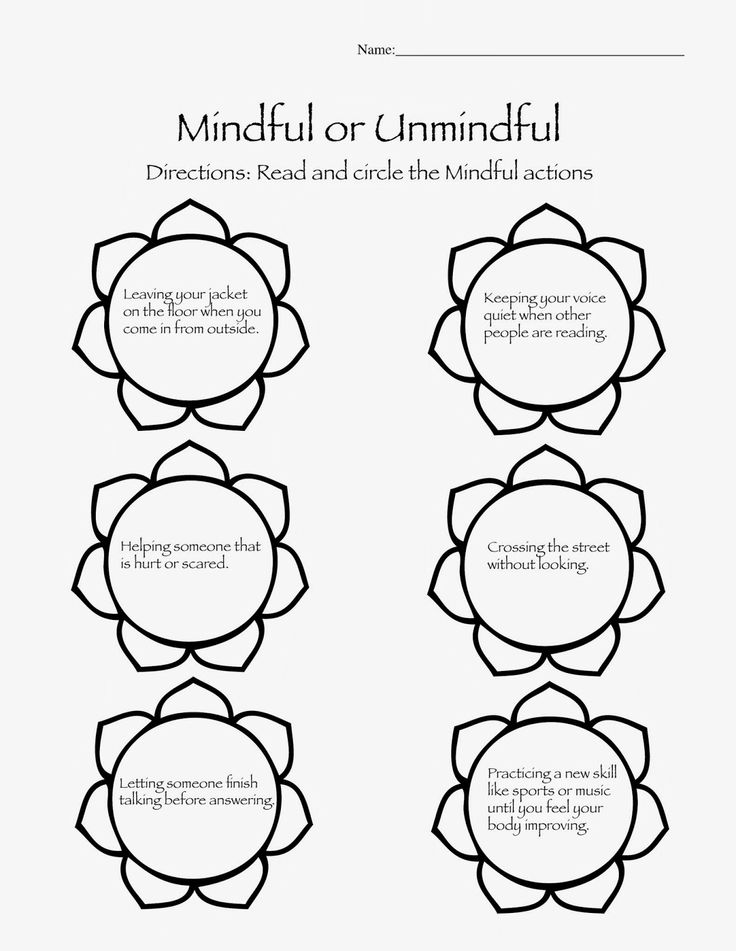
6. Practice Support and Generosity
Our kids are always watching us, learning how to be in the world and modeling our behaviors. So it’s important that we model this way of being in the world and include them in these acts as often as possible. Want some ideas? You can consider getting involved in service projects at a local school or organization. You can encourage your kids to make pictures or cards for their grandparents or someone who is ill. These small or large acts are the essential healing agent within the family system, our culture, and the world. Ultimately, connection is the cornerstone of well-being and it starts in the family.
7. Remember to Play and Have Fun
It seems silly to say that any of us would forget to have fun and enjoy each other but it’s more common than you think. Raising children is probably the most important job you will ever be tasked with and the pressure of raising good humans can be weighty. So much so that we can fall into a pattern of taking things too seriously and being overly focused on tasks (chores, homework, activities, etc.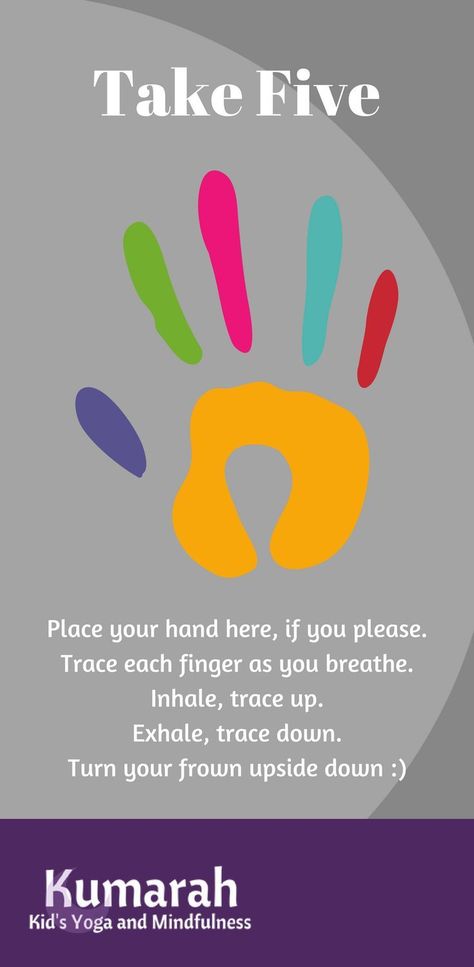 ) that we lose the enjoyment of being together.
) that we lose the enjoyment of being together.
How to develop attention in a child
Starting from the age of three, the child enters a phase of active development. During this period, a small person begins to explore the world and develop.
To promote the natural development of a child, you need to constantly give food for his young mind - play educational games. It is important for a child to acquire skills in a playful way, whether it is the development of imagination, speech, motor skills or attention.
It is the concentration of attention that helps the child to understand the sea of information around, so this skill must be developed. nine0003
Article content:
- What is attention
- Peculiarities of attention in children
- Attention games
- Pins
What is attention?
Attention is a directed, concentrated perception by a person of objects, phenomena, activities. Attention cannot exist by itself: you cannot just be attentive. Attention appears when a child is interested in something, whether it is an object, a story, or a game. nine0003
Attention cannot exist by itself: you cannot just be attentive. Attention appears when a child is interested in something, whether it is an object, a story, or a game. nine0003
Of course, it is very important that the object of concentration of attention is interesting, but mindfulness can and should be trained and developed.
Features of attention in children
Children are characterized by natural curiosity and interest. It is interest in something new and unusual that makes the child focus his attention of his own free will. But not always classes can be interesting enough, but it is important for the child to remain concentrated on more boring work. These skills need to be trained. The ability to concentrate one's attention is the basis of easy learning and good assimilation of new knowledge. nine0003
Psychologists distinguish three types of attention:
- Involuntary attention. It manifests itself in the child's reaction to a saturated color (for example, red), a sudden sound, something unnatural, unusual.
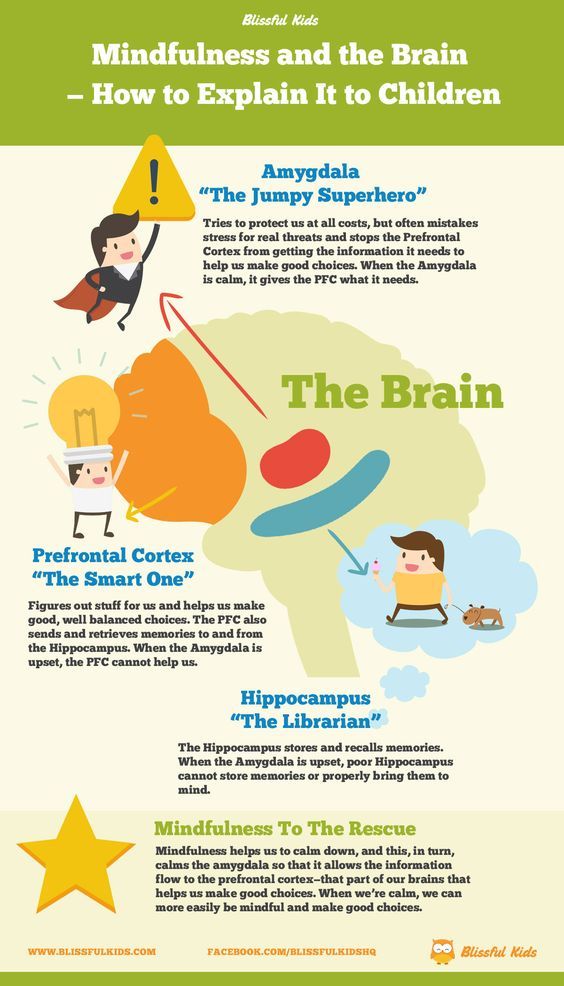 Such attention is attracted momentarily and occurs involuntarily. It is worth remembering that this type of attention predominates in preschool and primary school age.
Such attention is attracted momentarily and occurs involuntarily. It is worth remembering that this type of attention predominates in preschool and primary school age. - Voluntary attention is also called volitional or active attention. It is associated with the conscious and intentional concentration of attention on an object or activity. This type of attention “turns on” in a child not when it comes to something interesting or enjoyable, but about something necessary. Voluntary attention requires perseverance and discipline. It is finally formed before the age of 7, because it is the basis of education at school. nine0016
- Postvoluntary attention. It is based on interest and desire to continue the activity that was started thanks to voluntary attention. This type of attention turns on when the child is fond of the game, doing something with pleasure and without stress.
The development of any skill for a child should be not only a useful exercise, but also an exciting game.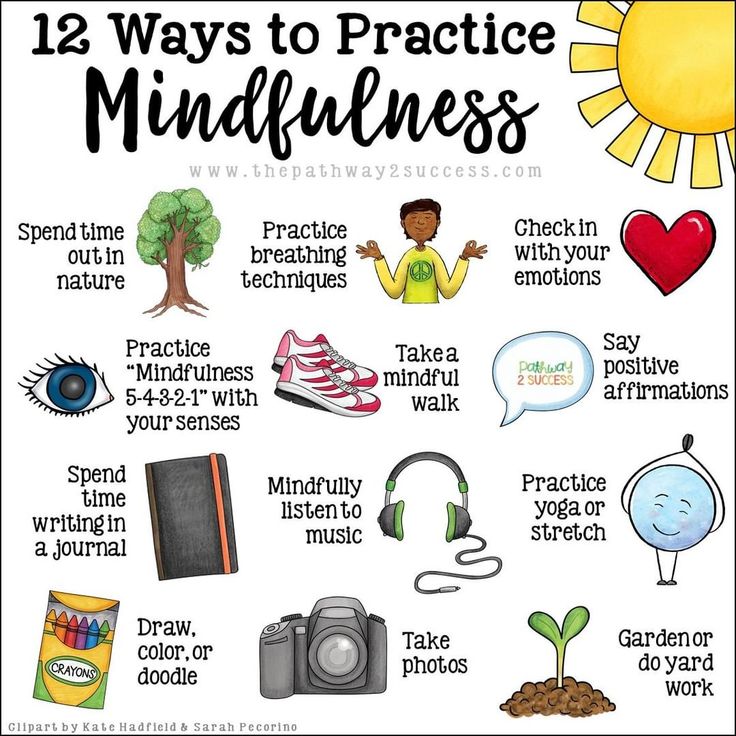 Many games help develop mindfulness and other abilities, such as: motor skills, speech, fantasy. No wonder many teachers highlight the role of the game in the learning process. Play is a fun form of learning. nine0003
Many games help develop mindfulness and other abilities, such as: motor skills, speech, fantasy. No wonder many teachers highlight the role of the game in the learning process. Play is a fun form of learning. nine0003
Attention development games
We have collected for you several ways to help your child develop their attention in a playful way. In all games, you can complicate and slightly change the rules - let the games be individual and special for your family and your child.
Game "What has changed"?
Place 3 to 5 toys in front of your child to play with. Give your child time to memorize the items, a minute will be enough for this. Say out loud the names of the objects and their order. Then ask the baby to turn away or close his eyes (don't peep!) and make changes: you can swap objects, remove or replace toys. The child will be tasked with identifying what has changed and recounting the original sequence. nine0003
It is important to remember that this is primarily a game of attention, and not just training for short-term memory.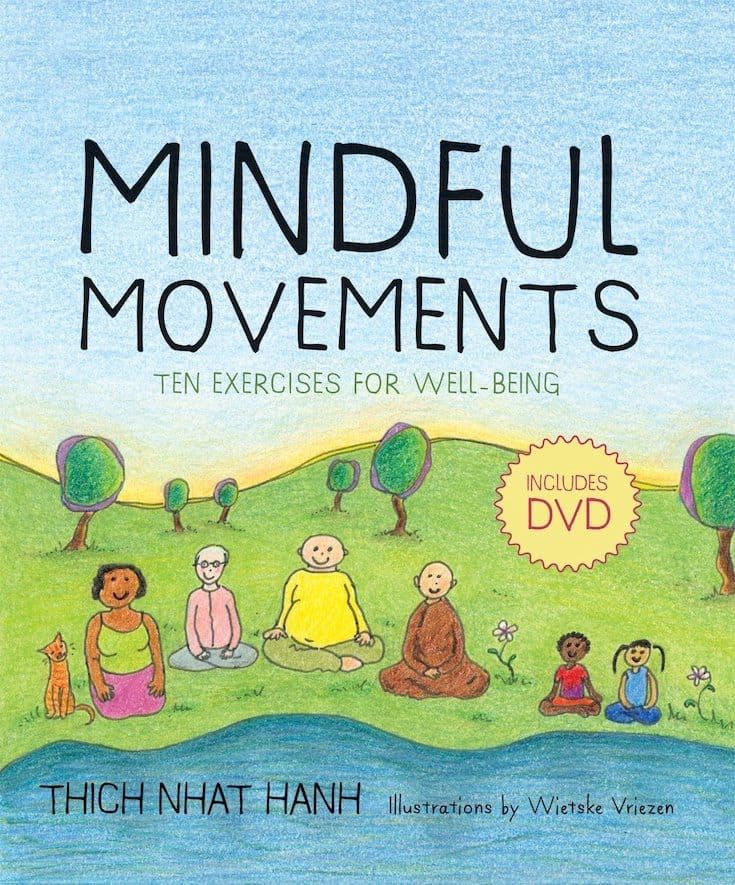 In order to make the game more exciting, you can come up with some kind of story based on items. This will not only teach the baby to concentrate, but also show how to find a creative approach and develop imagination.
In order to make the game more exciting, you can come up with some kind of story based on items. This will not only teach the baby to concentrate, but also show how to find a creative approach and develop imagination.
You can try to switch roles - let the child feel like a leader and change places, and you will need to guess the changes. Over time, you can complicate the task and introduce new rules. nine0003
Spot the Difference Game
There are two pictures involved in the game - very similar at first glance, but containing minor differences. The main goal of the game is to name all the differences. It is very important to name, to voice what you see, and not just to show in the picture.
Thanks to voicing, the child will not only develop attention, but also improve his speech, train in the use of such concepts as “right”, “lower”, “left”. You can try to name the differences with the baby in turn, this will add interest to the game. nine0003
This game exists both in many books for the development of children and in various mobile applications.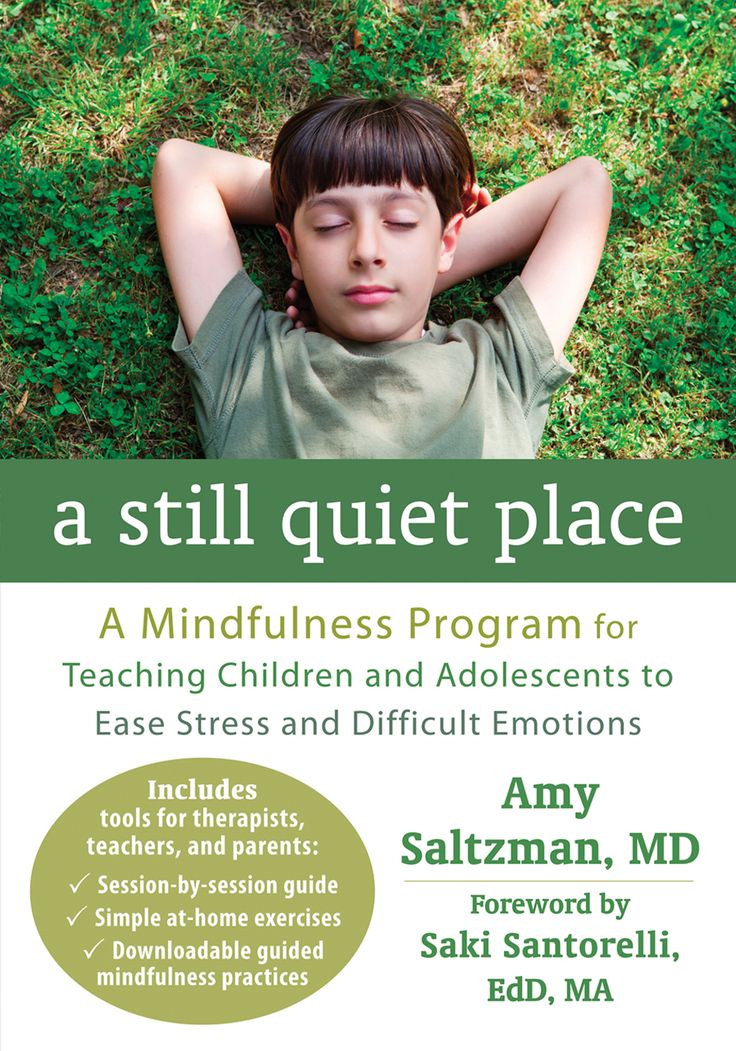
Find a Pair Game
The game requires a set of cards from 10 to 60 pieces. The cards depict any items: vegetables, fruits, animals. Each image is repeated 2 times and represents a pair. First, the cards are laid out in random order with the image up and a little time is given to memorize them. Then the cards are turned over. The task is to open two paired cards. nine0003
In fact, the essence of the game is not to remember everything from the beginning. The child will raise pictures that do not match each other, but this will not be considered a mistake. After picking up the wrong pair, the kid sees that under this card, for example, a cat was hiding, and under this one - a lily of the valley. This is what the child will have to remember and use later in the game.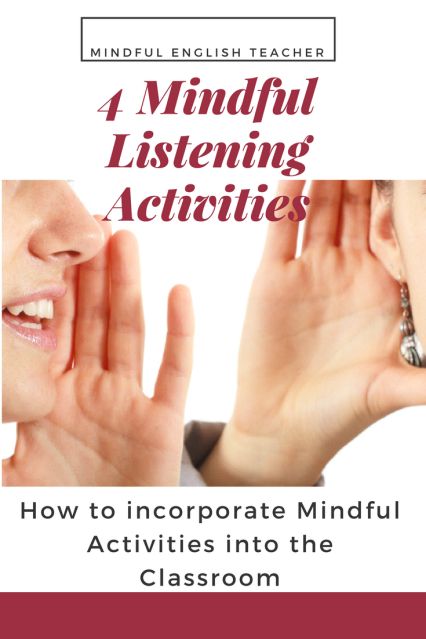
“Find a Pair” teaches not so much to remember everything momentarily, but to concentrate your attention for a long time and use your mistakes, your previous experience. nine0003
You can and should play together with the child, alternating his move with turning over the cards, and yours. You can compete in the number of guessed pairs and assign a sweet prize to the winner.
Describe an object game
Description of an object is a training not only for mindfulness, but also for eloquence. You need to ask the baby to describe some object - at home, or on a walk - and do it in the most colorful way. After that, the child must describe the object again, only without looking at it, but, for example, turning away. nine0003
The game "Memorizing the sequence"
The whole point of the game is to correctly repeat the sequence of actions of some characters, whether they are children on the street or heroes from a fairy tale.
Of course, everyday life and real life can be used for this game - for example, list what you saw on a walk in the street, with all the characters and in the correct sequence. For example, first a blue car drove by, then a large bird flew by, then a boy passed by. In this game, the child develops the skill of switching attention. nine0003
For example, first a blue car drove by, then a large bird flew by, then a boy passed by. In this game, the child develops the skill of switching attention. nine0003
If everyday life may seem too boring, you can try to retell the plot of the read fairy tales or seen cartoons. Perhaps at first the child will jump from enthusiastic impressions from event to event, but further, developing his skills, the child will learn to tell all the events in sequence from the beginning of the story to its end.
"Ear-nose" and "Dwarfs - Giants" games
This game is very popular among animators in various educational sections. On command "Ear!" all participants in the game - and this is both the children and the leader - must grab their ear, and at the command “Nose!” - by the nose. However, after a couple of successful attempts, the leader begins to make mistakes, and in no case should children succumb to this deception. nine0003
The situation is similar with the game “Dwarfs and Giants”, where the dwarfs squat, and the giants stand on their toes and stretch to their full height. This game is perfect for a warm-up at the gym and will bring not only benefits for the development of concentration, but also a lot of fun.
This game is perfect for a warm-up at the gym and will bring not only benefits for the development of concentration, but also a lot of fun.
Find the item in the picture game
This attention game is most often found in children's magazines. Before the child is presented a picture with an overabundance of all sorts of details and objects, and in all this madness you need to find some objects. The task can keep the child busy for a long time, but the goal of this game is a quick solution. Looking at bizarre pictures, the kid will immerse himself in the world of the depicted and develop his imagination. nine0003
Schulte's table
This exercise will suit the attention of schoolchildren who have mastered the account. In a 5x5 table, numbers from 1 to 25 are randomly scattered. The task of the child is to find all the numbers in ascending order, starting from one, as quickly as possible. It is important that one view of the table can only be used for one attempt.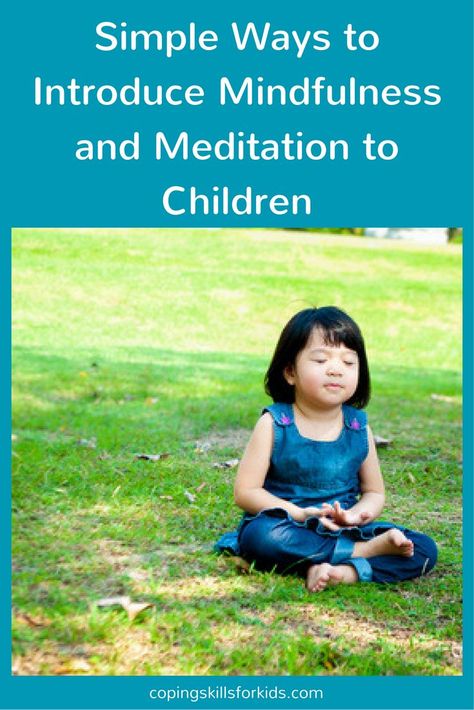
Symmetrical pattern
The checkered sheet is divided into two parts by a vertical line. On the right is some kind of image or object of an unusual shape. The child is faced with the task of symmetrically, based on the cells, to depict the drawn object. nine0003
It is also possible that on the right side there is a part of the object, for which symmetry is very characteristic, for example, one wing of a butterfly. Thus, the child will be able to restore the entire image. In addition to mindfulness, the exercise is designed for fine motor skills of the baby.
The game "Chains"
You can play "Chains" both together with a child, and together with all family members. The task of the participants is to make a chain of words of a pre-selected topic - sweets, cities, animal names. Each next participant must repeat what was said by the previous one. Over time, the chain will become more and more, and it will be more and more difficult to repeat it from the very beginning.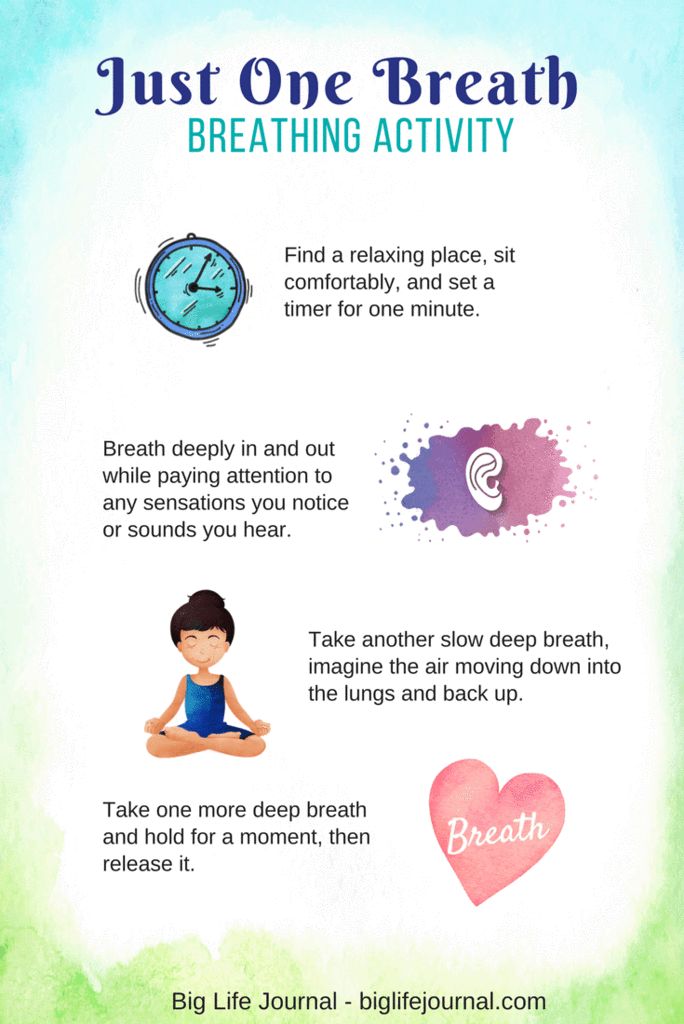 nine0003
nine0003
Conclusions
A lot of time should be devoted to the development of a child's mindfulness, but according to the recommendations, attention distribution training should take place in a playful way. After all, the game, in addition to the fact that it pleases and attracts kids, brings them great benefits.
We have described simple ways to develop mindfulness in a child that you can practice on your own. However, it is important to trust the upbringing of your child to children's development centers. Highly qualified specialists of our child development centers will select a special approach to each child. We offer both general and specialized classes. The basis of all classes with children is the experience of psychology and pedagogy. Although the main ingredient, of course, is unconditional love for children. nine0003
how to be attentive, concentration of attention in children, how to become diligent
Developing attentiveness and perseverance in a child
Preparing a child for school should start at the moment when the child begins to perform conscious actions.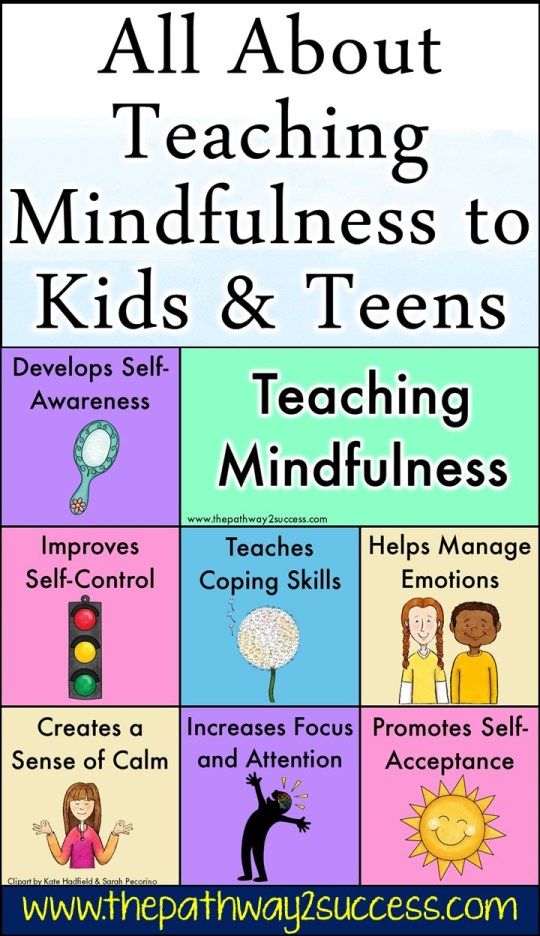 At the same time, it is not necessary to demand much from children, to load them with "adult" duties, to teach them something in the traditional sense of the word. It is enough to follow the routine and regimen of the baby, set the right example for him, and cultivate curiosity. If children are focused and diligent, then they absorb information better, spend less time doing homework, have no problems with academic performance, and study with pleasure. With the right approach, you can develop attentiveness in a child of 8 years and older, but it is better not to wait for difficulties to appear, losing precious time. nine0003
At the same time, it is not necessary to demand much from children, to load them with "adult" duties, to teach them something in the traditional sense of the word. It is enough to follow the routine and regimen of the baby, set the right example for him, and cultivate curiosity. If children are focused and diligent, then they absorb information better, spend less time doing homework, have no problems with academic performance, and study with pleasure. With the right approach, you can develop attentiveness in a child of 8 years and older, but it is better not to wait for difficulties to appear, losing precious time. nine0003
Attention is the basis of a child's development
Parents often make the same mistake - they expect the school to teach their child everything they need, as well as bring up useful qualities. They don't understand that this attitude causes serious stress in children. From the state of a kindergartener or a pet, kids suddenly become students, they begin to make severe demands on them. Scattered attention in a child is just one of the potential negative consequences of this approach. It is not entirely logical to demand perfect behavior during the lesson and the precise execution of instructions from a little man who has never encountered this. nine0003
Scattered attention in a child is just one of the potential negative consequences of this approach. It is not entirely logical to demand perfect behavior during the lesson and the precise execution of instructions from a little man who has never encountered this. nine0003
An absent-minded student often experiences the following difficulties:
- delay in the development of cognitive processes - thinking, memory, imagination;
- negative attitude to the need to study - the result is poor academic performance;
- lack of success in activities not directly related to the development of the school curriculum;
- making gross mistakes and the inability to find them, which causes ridicule and complicates the child's position in society; nine0016
- literal ignorance of what is seen and heard, leading to the inability to remember important information, the volume of which only increases with time.
Children learn better when they are focused and diligent enough.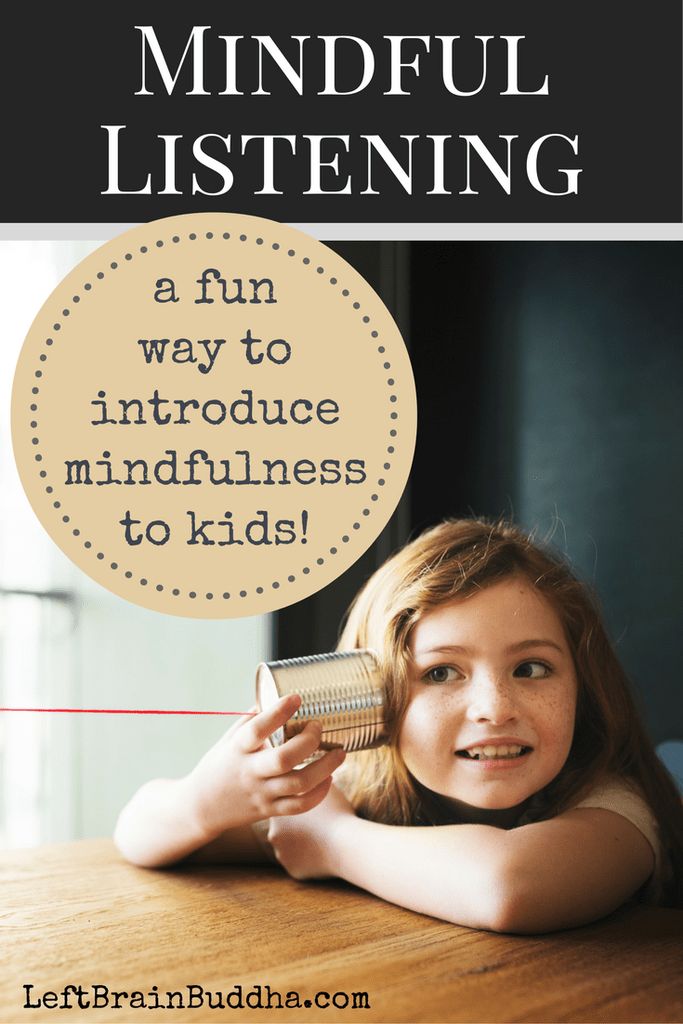
According to statistics, an inattentive child most often comes from a family in which he did not have at least nominal duties. Also at risk are children who did not attend kindergarten for health reasons or the beliefs of their parents. nine0003
It is practically impossible to painlessly teach a child perseverance if he has been left to himself for 6-7 years. You should not hope that the school will fix all this - if parents and relatives get down to business, positive results will be more obvious.
Is it possible to develop attention?
Attention is not an innate quality that is either present or absent. It is not difficult to teach a child to be attentive and develop the ability, if the parents would have a desire. Responsibility for the success of the event lies with the relatives of the baby. At school, teachers simply cannot spend precious time on this, they do not even always have time to present the material required by the program. The approaches and techniques they use are only good for maintaining the level of development of the student's attention that he has.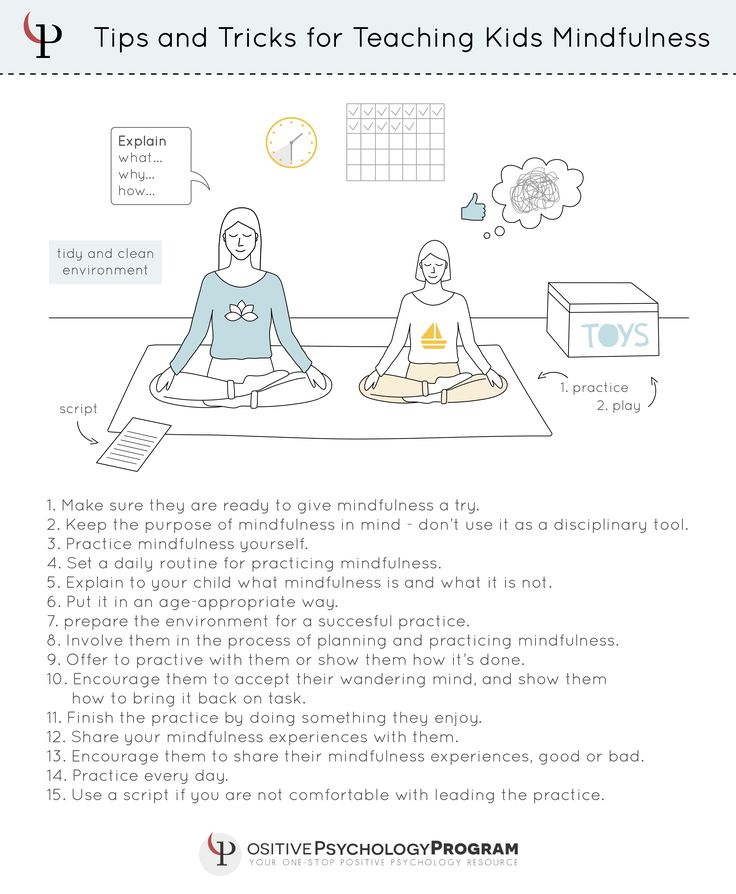 nine0003
nine0003
With the right approach, you can develop mindfulness in a child of any age and type of temperament. The main thing is to allocate enough time for this, to develop a suitable system of work. It should be individual, selected empirically, based on the interests and reactions of the child.
What is mindfulness - quality characteristics
Attention means the ability of a person to focus on specific or abstract phenomena and objects in order to process information productively. To be attentive means to be able to isolate the data coming from all the surrounding resources, to separate the necessary and weed out the superfluous, to draw a conclusion based on the results of the process. To teach a child to concentrate attention, you need to understand its characteristics. It happens that not all of them have to be corrected, but only problematic points. nine0003
Components of attention and their features:
- concentration - the ability to focus on a given object or its individual parts, to delve into the essence of the task.
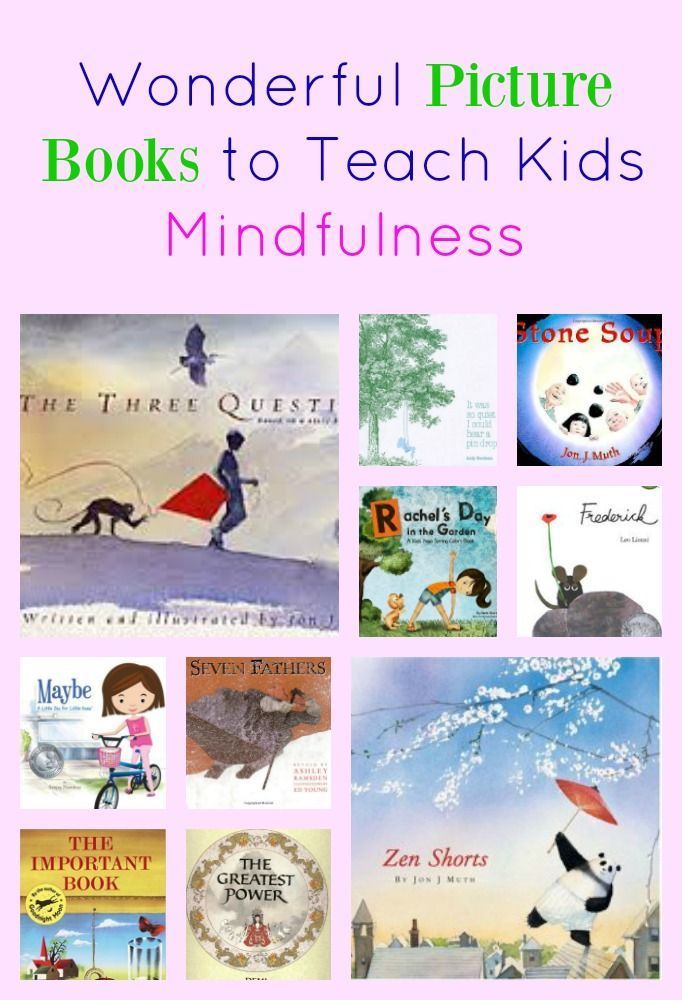 With good concentration, children are observant and organized. The lack of property leads to the appearance of absent-mindedness, lack of concentration, an apparent lack of discipline;
With good concentration, children are observant and organized. The lack of property leads to the appearance of absent-mindedness, lack of concentration, an apparent lack of discipline; - volume - the number of objects that a person can simultaneously perceive, and keep information about them in the mind. At 7 years old, this figure should not normally be lower than 3-5. A developed characteristic helps the child to compare, analyze, classify and generalize. Without it, logical thinking is impossible; nine0016
- stability - the ability to concentrate on a particular object for a long time. The property helps children to work on the task for a given time, without being distracted by external stimuli. The degree of development of this characteristic in a child can be assessed by the level of his interest in performing hard work and tasks of increased complexity;
- distribution - the ability to keep attention on two or more objects, while simultaneously performing actions with them.
 A developed skill allows the child to do several things at the same time, for example, work on an assignment and listen to the teacher's comments; nine0016
A developed skill allows the child to do several things at the same time, for example, work on an assignment and listen to the teacher's comments; nine0016 - switching - the ability to quickly move attention from one object or activity to another without losing productivity and spending a lot of time on adaptation.
The child must have an established daily routine in order to successfully integrate into the educational process.
Usually a short contact with the child is enough to identify problematic points. After that, you can get to work, focusing on the weaknesses of the baby, while not forgetting to stimulate his strengths. nine0003
How to develop attentiveness and concentration in a child?
Most often, parents realize that they have an absent-minded child after receiving relevant information from a teacher or educator. Many even after that hope that everything will normalize naturally, and the little student will “grow up” to the new requirements.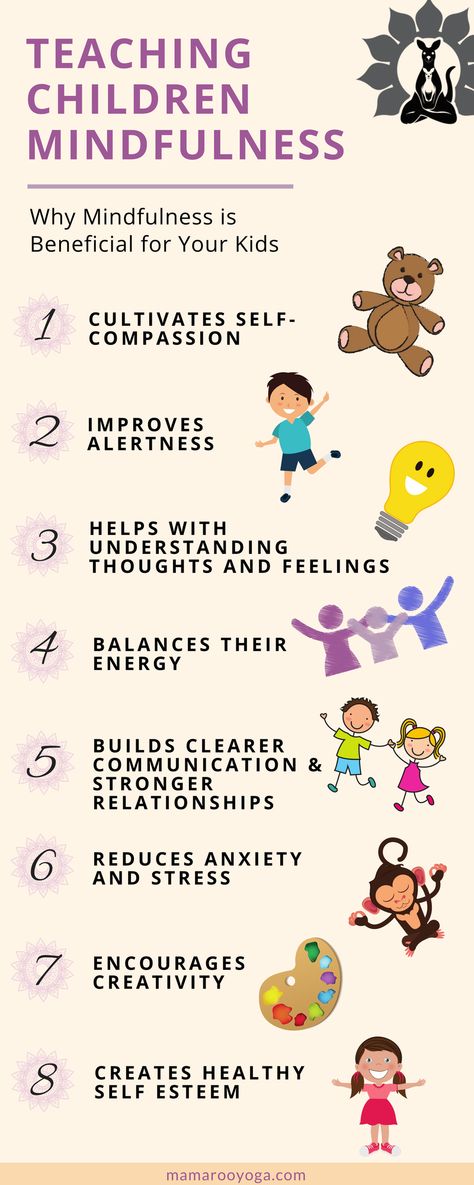 They begin to sound the alarm only against the background of the appearance of behavioral problems and low academic performance in the baby. Fortunately, developing attention in a child of 7-8 years is not so difficult. You just need to show perseverance, patience and participation. nine0003
They begin to sound the alarm only against the background of the appearance of behavioral problems and low academic performance in the baby. Fortunately, developing attention in a child of 7-8 years is not so difficult. You just need to show perseverance, patience and participation. nine0003
The role of the family in the development of children's mindfulness
Often an unassembled child turns out to be a smaller copy of his parents, because it is through older relatives that babies learn the world. In such a situation, in order to solve the problem, adults will have to deal not only with their child, but also with themselves. Working on improving attention together is unlikely to succeed - approaches may need different. The main thing is that the baby sees the changes taking place in his father or mother, otherwise his development in the right direction will be minimal. nine0003
There are, however, a few tricks that distracted parents and children can use together. First, you should develop the habit of focusing attention. For example, a mother, getting ready for work, can put things in her purse, pronouncing their names and actions aloud. Then the child, copying it, will also begin to get ready for school more carefully. You can also pay attention together to various little things during a walk, and then remember them at home (a new store, met animals), describing them in great detail. nine0003
For example, a mother, getting ready for work, can put things in her purse, pronouncing their names and actions aloud. Then the child, copying it, will also begin to get ready for school more carefully. You can also pay attention together to various little things during a walk, and then remember them at home (a new store, met animals), describing them in great detail. nine0003
Mode and daily routine
It is almost impossible for a child to become diligent if his day is not organized. A well-established and age-appropriate daily routine is the key to a painless transition to the school schedule, a smooth infusion into the educational process.
Basic requirements for the schedule of a primary school student:
- At this age, children should sleep at least 10 hours a day, going to bed and waking up at the same time. An exception should not be made even for weekends, otherwise the whole scheme will be broken; nine0016
- Supplementary activities and developmental activities are beneficial only when their volume is limited and does not deprive the child of time for rest.
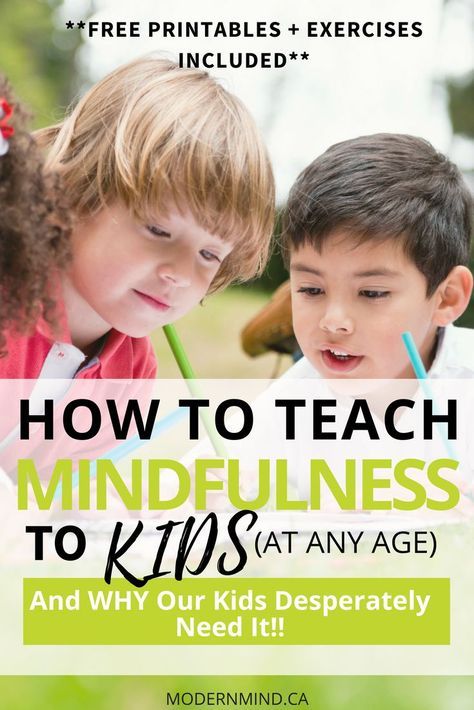 Transferring a kid after school from one elective to another will only tire him, he still won’t be able to absorb the information;
Transferring a kid after school from one elective to another will only tire him, he still won’t be able to absorb the information; - Outdoor walks are required. It is good if their duration is at least 2-3 hours and involves physical activity;
- in the house for the student must be equipped with a special place for doing homework. This will allow him to properly tune in at the right time, less distracted. The child must keep the desktop in order, it is recommended to start studying always at the same time, while excluding the influence of external stimuli; nine0016
- even a schoolboy should have minimal household chores. The need to remember them and fulfill them in time will allow him to concentrate, and feel like a member of the team, feel responsible.
Compliance with the above conditions significantly sharpens the attention of the child, allows him to become diligent, improves concentration.
Useful games
Absent-mindedness and difficulty concentrating is not a reason to panic, but to start working with a student. nine0003
nine0003
If the problem is not clearly expressed or its prevention is being carried out, you can get by with introducing interesting and useful entertainment into the life of the baby.
Only the help of teachers and parents will help the child to become more attentive and assiduous.
If a child is restless and inattentive, his leisure time should be diversified with the following games:
- checkers and/or chess;
- game for opposite actions - the kid must perform an action that is opposite to what the leader is doing. This may be a jump in response to a squat, raising the arms in response to their spreading to the sides, etc .; nine0016
- the game “I won’t go astray” - the child is offered to count to 30, but with some reservation. For example, instead of numbers with a triple - bark, or instead of even numbers - squat, etc.;
- game "repeat the phrase" - the leader says a phrase in which he uses an object or action. For example, I go to the sea and take my hat with me.
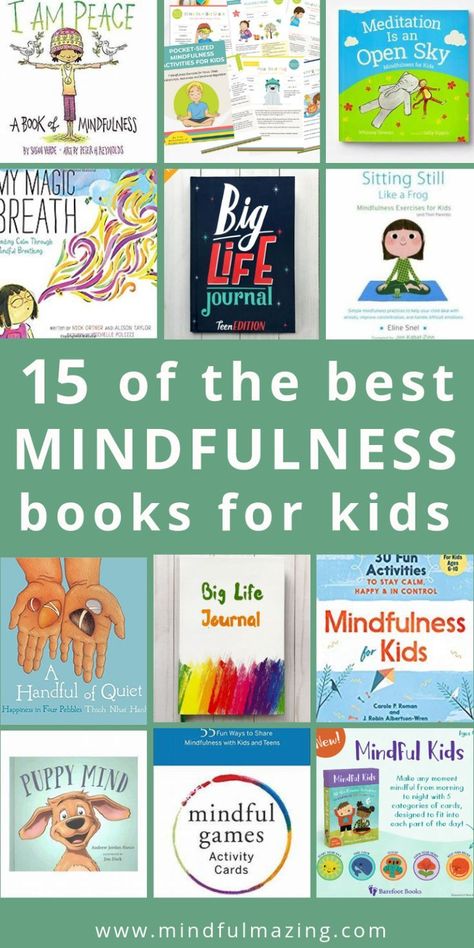 The child should pick up the theme and add another item to the hat. So the chain needs to be increased to the maximum, each time completely listing all the objects already mentioned. nine0023
The child should pick up the theme and add another item to the hat. So the chain needs to be increased to the maximum, each time completely listing all the objects already mentioned. nine0023 - “buttons” – you need to take two sheets of paper and two different sets of one-color buttons.
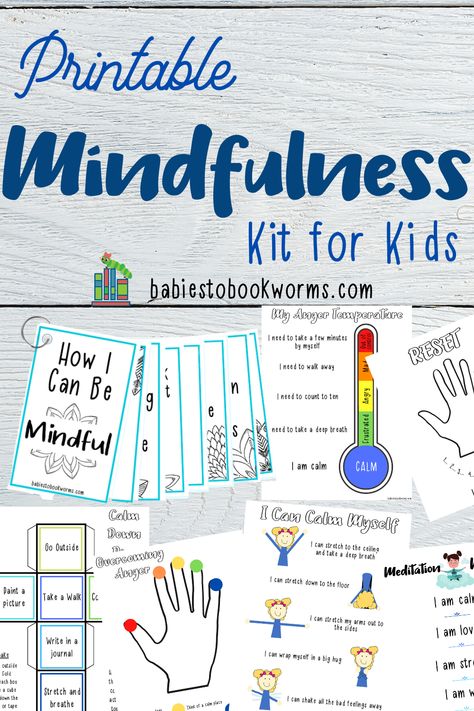 The leader and the child sit opposite each other. Several cells are drawn in a row on the sheets, you can start with five, gradually increasing their number. The host lays out the buttons in their cells in random order, gives the student a few seconds to memorize them, then puts a partition between them. The child should make the same composition from his buttons. Over time, the number of cells and button colors should be increased; nine0016
The leader and the child sit opposite each other. Several cells are drawn in a row on the sheets, you can start with five, gradually increasing their number. The host lays out the buttons in their cells in random order, gives the student a few seconds to memorize them, then puts a partition between them. The child should make the same composition from his buttons. Over time, the number of cells and button colors should be increased; nine0016 - "beetle" - tables of 10 by 10 cells are drawn on two sheets. The starting point from which the "beetle will crawl" is determined. A partition is placed between the leader and the student. The first one begins to describe and note the movement of the beetle, for example, 1 cell forward, 2 cells up, etc. The child should keep track of what he heard and also mark it in his drawing. At some point, the presenter stops and checks if the "beetle stopped" in the right place;
- correction test - the child should be given a sheet of text on which he must cross out all the letters "o" or other signs.
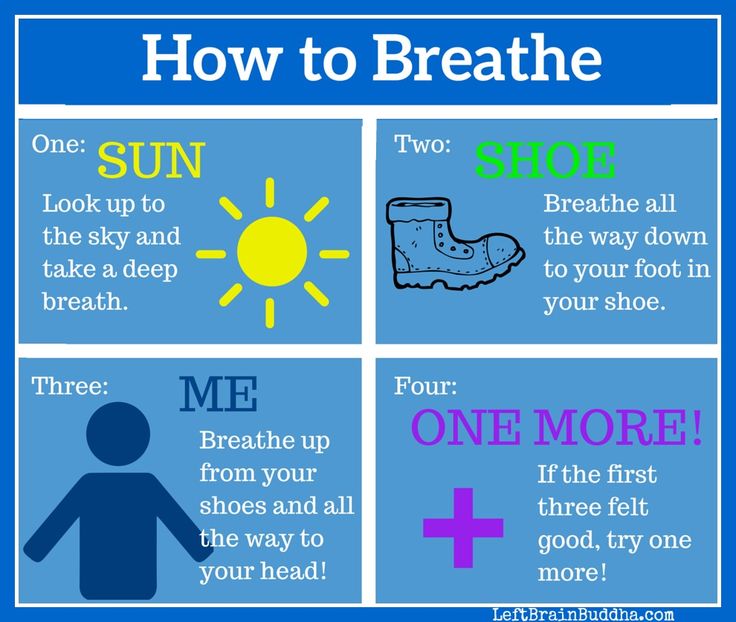
Learn more
Puzzles and jigsaw puzzles will help develop the attention of a child of 10 years and older. You can also find a lot of resources on the Internet that offer games for the development of reaction, concentration, and perseverance. Even just reading books, coloring, or doing crafts are additional ways to improve your mindfulness.
Action Exercises
Dozens of exercises have been developed by experts to increase children's attention span in just a few weeks. The main thing is not to try to apply them only from time to time, but to act systematically, according to an individually selected schedule. nine0003
If the child is absent-minded and inattentive, it is worth trying the following tricks:

